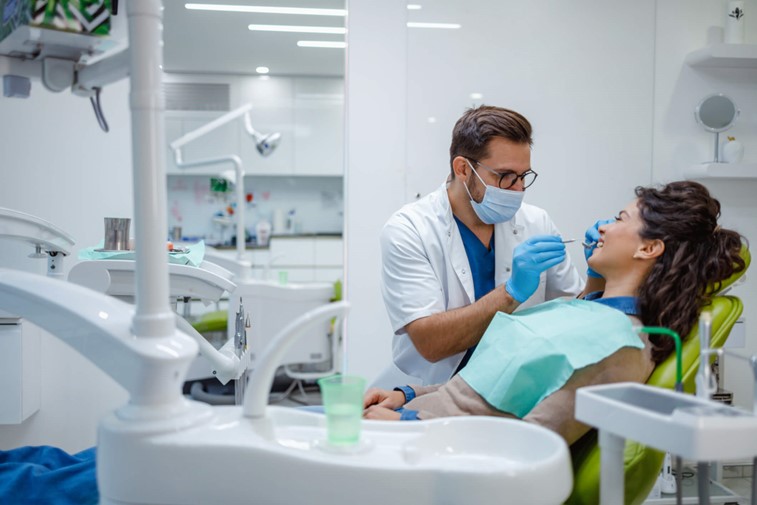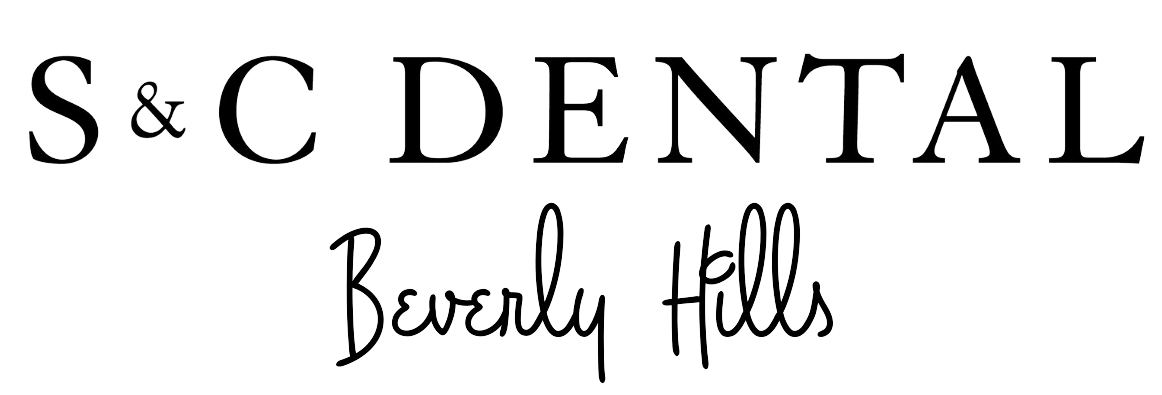Advancements in Laser Dentistry for Painless Procedures

Dental care has historically been associated with discomfort and long recovery times. Thanks to advanced dental technology, this is no longer the case. Patients today benefit from procedures that are gentler, faster, and more comfortable than ever before, and it’s all thanks to high-energy light replacing drills and scalpels. This technology is leading the way in noninvasive dental treatments and setting new standards in modern oral care.
What Is Laser Dentistry?
Lasers are remarkably versatile. In dentistry, they can treat both hard and soft tissues. Rather than grinding away decay with a metal drill or slicing into gums with a scalpel, focused beams of light allow for precise treatment with minimal tissue damage.
Lasers come in different forms, depending on the treatment. Erbium lasers are effective on tooth enamel and bone, while diode and CO2 lasers are often used for soft tissue work. These lasers allow for pinpoint accuracy and often eliminate the need for anesthesia.
Although the tool itself is impressive, what really sets laser dentistry apart is how seamlessly it integrates into modern dental care. Combined with digital imaging, computer-guided planning, and other innovations, lasers enhance treatment outcomes and improve the overall patient experience.
Benefits of Laser Dentistry
The purpose of lasers isn’t simply to replace traditional tools—it’s to improve the entire dental care experience. Here’s how laser dentistry is helping more people maintain good oral health without fear or hesitation:
- Minimally invasive procedures: As dentistry becomes less invasive and more precise, patients feel more confident about taking control of their oral health. This leads to earlier treatment, fewer complications, and a stronger focus on preventive care.
- Lower pain levels: Most laser procedures don’t require needles or anesthesia, making the experience more comfortable for patients who are anxious about pain.
- Reduced bleeding and swelling: Lasers cauterize as they cut, sealing blood vessels immediately. This leads to faster clotting and a cleaner surgical site.
- Faster healing times: Less trauma to the tissue means the body can recover more quickly. Patients often resume their routine within a day or two, depending on the procedure.
- Decreased risk of infection: The laser beam naturally sterilizes the treatment area, reducing the likelihood of bacterial spread or other complications.
- Less dental anxiety: The absence of drilling sounds and sharp tools creates a calmer environment. Patients feel more relaxed and are more likely to return for routine care.
Common Applications for Laser Dentistry
From cosmetic enhancements to restorative care, lasers support a wide range of dental procedures:
- Cavity detection and removal: Lasers can detect early-stage tooth decay by measuring changes in fluorescence on the enamel surface before it’s visible through traditional methods. When used to remove decay, lasers are quieter and less invasive than dental drills.
- Gum disease treatment: Treating periodontal disease with lasers is more efficient and less painful than traditional methods. The laser removes infected tissue, targets bacteria, and encourages healthy gum regeneration without making incisions.
- Gum contouring: Reshaping the gumline makes for a more balanced and attractive smile. Lasers allow dentists to sculpt with high precision for more natural-looking results and less discomfort.
- Root canal support: During root canal procedures, lasers clean and disinfect the treatment area more thoroughly than manual methods. This reduces the chances of reinfection and often shortens the duration of treatment.
- Teeth whitening: Lasers accelerate the whitening process by activating bleaching agents. Results are typically more noticeable in fewer sessions compared to at-home whitening methods.
- Soft-tissue procedures: Lasers are commonly used to remove small growths, treat cold sores, and perform biopsies in fast-healing, nearly painless dental procedures.
What to Expect During Laser Dentistry
Laser treatments are straightforward and surprisingly quick. Most sessions begin with a brief explanation from your dentist of how the laser works and what the process entails. Since lasers often don’t require cutting or sutures, there’s typically no need for anesthesia, though you may still have the option to request it if desired.
Patients usually report feeling light pressure or warmth in the treatment area, a drastic improvement over the grinding or pinching associated with drills or scalpels. After the procedure, the recovery process is often short and relatively painless. Swelling is minimal, and over-the-counter pain relievers are usually sufficient, if they’re needed at all.
Speak with a Dentist in Beverly Hills
If you still have questions about laser dentistry, S&C Dental Beverly Hills would be happy to help. We use laser dentistry to provide efficient, comfortable care, whether you’re seeking cosmetic whitening or a restorative root canal. Our dentists bring years of experience, deep clinical knowledge, and a personalized approach to every appointment. Schedule an appointment online and discover how our laser dentistry services in Beverly Hills can improve your next dental treatment.
